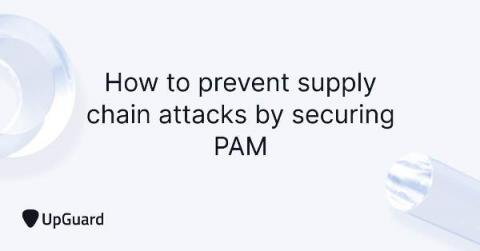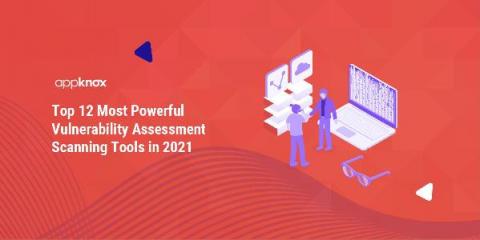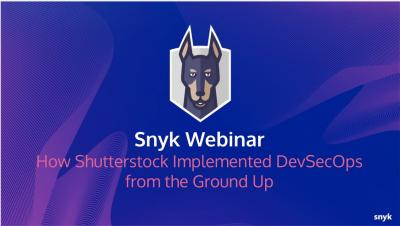Fixing the "Human Error" Problem
Last year, Verizon’s data breaches report showed that “human error” was the only factor with year-over-year increases in reported incidents. The average cost of data breaches from human error stands at $3.33 million, according to IBM’s Cost of a Data Breach Report 2020. Even big companies and government entities have fallen victim to data breaches caused by human error.











